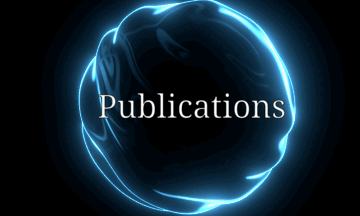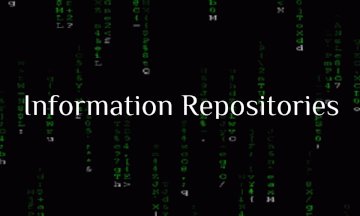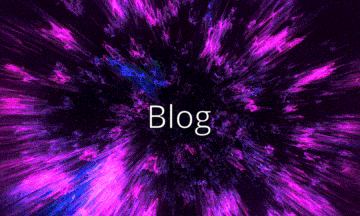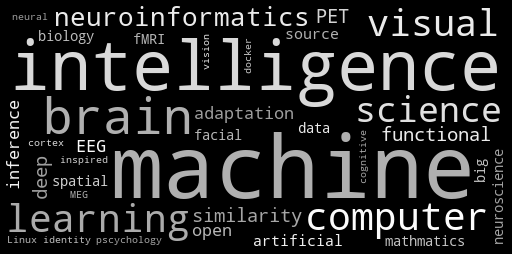
Computational Neuroimaging, Computational Psychiatry, NeuroAI, Signal Processing

I am a researcher working on computational neuroscience, computational neuroimaging, deep learning, information theory, and image and video processing at the TReNDS Center (Translational Research in Neuroimaging and Data Science), GSU/GATech/Emory.
News [12/24/2025]: Our manuscript Deciphering Multiway Multiscale Brain Network Connectivity: Insights from Birth to 6 Months has been accepted by Communications Biology!
News [12/05/2025]: I am truly honored to have received the Distinguished Scholarship Awards from TReNDS and D-MAP!
News [11/19/2025]: Our manuscript Spatiotemporal Complexity In The Psychotic Brain has been published in Molecular Psychiatry!
News [11/17/2025]: Our manuscript A Turing Test for Artificial Nets devoted to Vision has been published in Frontiers in Artificial Intelligence!
News [11/06/2025]: Our manuscript Higher-Order Triadic Interactions: Insights Into the Multiscale Network Organization in Schizophrenia has been published in Human Brain Mapping!
News [10/16/2025]: Our manuscript Linking Brain Entropy to Molecular and Cellular Architecture in Psychosis has been published in NeuroImage!
News [10/02/2025]: Our manuscript BrainIB++: Leveraging Graph Neural Networks and Information Bottleneck for Functional Brain Biomarkers in Schizophrenia has been published in Biomedical Signal Processing and Control!
News [08/26/2025]: Our manuscript Spatial Development of Brain Networks During The First Six Postnatal Months has been published in Communications Biology!
News [07/25/2025]: Our manuscript Functional correspondences in the human and marmoset visual cortex during movie watching: Insights from correlation, redundancy, and synergy has been published in Brain Research!
News [06/17/2025]: Our manuscript MvHo-IB: Multi-View High-Order Information Bottleneck for Brain Disorder Diagnosis has been published in MICCAI 2025 (Acceptance Rate: 29%)!
News [06/10/2025]: Our manuscript Reaction-Diffusion Model for Brain Spacetime Dynamics has been published in Biophysical Reports!
News [02/22/2025]: Our manuscript Unraveling Integration-Segregation Imbalances in Schizophrenia Through Topological High-Order Functional Connectivity has been published in Neuroinformatics!
News [07/05/2024]: Our manuscript From Sight to Insight: A Multi-task Approach with the Visual Language Decoding Model has been published in Information Fusion!
News [11/01/2024]: Our manuscript Revealing complex functional topology brain network correspondences between humans and marmosets has been published in Neuroscience Letters!
News [12/18/2023]: Our manuscript Functional Connectivity via Total Correlation: Analytical results in Visual Areas has been published in Neurocomputing!


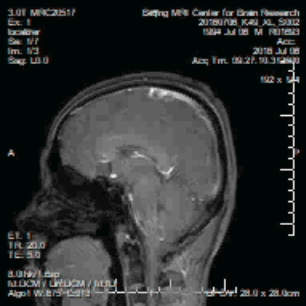 |
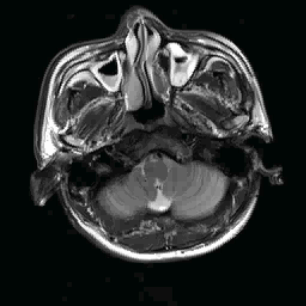 |
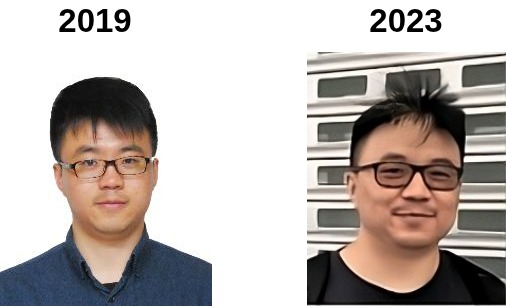
I am a researcher working on computational neuroscience, computational neuroimaging, deep learning, information theory, and image and video processing.
If you believe I can contribute to your projects or ideas, I am always open to collaboration opportunities. Please feel free to contact me in either English or Chinese.

Publishing Timeline (Oldest to Latest)

[Journals I Have Published]
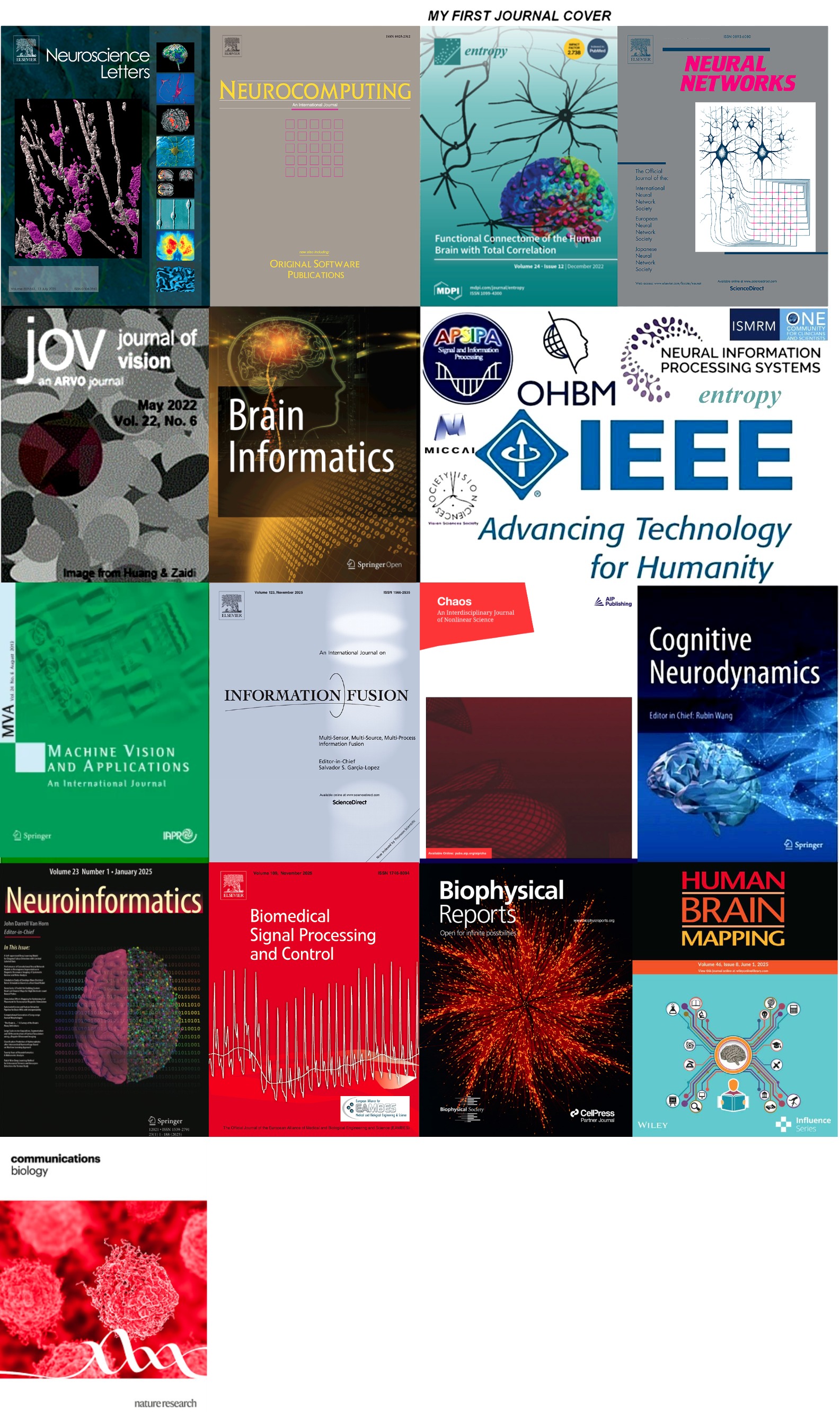
@InProceedings{springer20,
author="Li, Qiang and Malo, Jesus",
title="Canonical Retina-to-Cortex Vision Model Ready for Automatic Differentiation",
booktitle="Brain Informatics",
year="2020",
publisher="Springer International Publishing",
address="Cham",
pages="329--337"}
@article{nn20,
year = {2023},
month = {05},
title = {Saliency prediction based on multi-channel models of visual processing},
volume = {34},
journal = {Machine Vision and Applications},
doi = {10.1007/s00138-023-01405-2}
}
@article{Qiang22,
author = {Li, Qiang and Gomez-Villa, Alex and Bertalmío, Marcelo and Malo, Jesús},
title = "{Contrast sensitivity functions in autoencoders}",
journal = {Journal of Vision},
volume = {22},
number = {6},
pages = {8-8},
year = {2022},
month = {05},
issn = {1534-7362},
doi = {10.1167/jov.22.6.8},
url = {https://doi.org/10.1167/jov.22.6.8}
}
@InProceedings{springer21,
author="Li, Qiang",
editor="Mahmud, Mufti
and Kaiser, M. Shamim
and Vassanelli, Stefano
and Dai, Qionghai
and Zhong, Ning",
title="Bidirected Information Flow in the High-Level Visual Cortex",
booktitle="Brain Informatics",
year="2021",
publisher="Springer International Publishing",
address="Cham",
pages="57--66",
isbn="978-3-030-86993-9"}
@article{LI202285,
title = {Functional connectivity inference from fMRI data using multivariate information measures},
journal = {Neural Networks},
volume = {146},
pages = {85-97},
year = {2022},
issn = {0893-6080},
doi = {https://doi.org/10.1016/j.neunet.2021.11.016},
url = {https://www.sciencedirect.com/science/article/pii/S0893608021004445},
author = {Qiang Li}
}
@article{QL22TC,
author = {Li, Qiang and Ver Steeg, Greg and Malo, Jesús},
year = {2023},
month = {12},
pages = {127143},
title = {Functional connectivity via total correlation: Analytical results in visual areas},
journal = {Neurocomputing},
doi = {10.1016/j.neucom.2023.127143}
}
@article{ieeeicip22,
title={Noise Perturbation for Saliency Prediction with Psychophysical Synthetic Images},
author={Li, Qiang},
journal={arXiv preprint arXiv:2204.06071},
year={2022}
}
@misc{TCFCC22,
AUTHOR = {Li, Qiang and Steeg, Greg Ver and Yu, Shujian and Malo, Jesus},
TITLE = {Functional Connectome of the Human Brain with Total Correlation},
JOURNAL = {Entropy},
VOLUME = {24},
YEAR = {2022},
NUMBER = {12},
ARTICLE-NUMBER = {1725},
URL = {https://www.mdpi.com/1099-4300/24/12/1725},
ISSN = {1099-4300},
ABSTRACT = {Recent studies proposed the use of Total Correlation to describe functional connectivity among brain regions as a multivariate alternative to conventional pairwise measures such as correlation or mutual information. In this work, we build on this idea to infer a large-scale (whole-brain) connectivity network based on Total Correlation and show the possibility of using this kind of network as biomarkers of brain alterations. In particular, this work uses Correlation Explanation (CorEx) to estimate Total Correlation. First, we prove that CorEx estimates of Total Correlation and clustering results are trustable compared to ground truth values. Second, the inferred large-scale connectivity network extracted from the more extensive open fMRI datasets is consistent with existing neuroscience studies, but, interestingly, can estimate additional relations beyond pairwise regions. And finally, we show how the connectivity graphs based on Total Correlation can also be an effective tool to aid in the discovery of brain diseases.},
DOI = {10.3390/e24121725}
}

1. The 4th IEEE EMBS Summer School of Neural Engineering in Beijing, P.R.China.
2. First Nepal AI Winter School 2018. Application for participation is open. Apply here to secure your seat.
3. Today-30 Oct.2018, I defend my Denmark master thesis, it's a different and great day for me, but it's not ending for my study. Thanks my supervisors(Prof.Kristoffer H.M. and Prof.Rong X.) again.
4. I would like to recommend some very fantastic books for people whose are interested in fMRI data analysis or just start to study analysis neuroimaging data.
a. Human brain function edited John Ashburner, Karl Friston, Will Penny (the second edition is freely available on-line).
b. Handbook of Functional MRI Data Analysis by Russell A. Poldrack, Jeanette A. Mumford and Thomas E. Nichols.But also you can find some video related with this book from youtube channel, where Jeanette A. Mumford has a fantastic series of videos on neuroimaging analysis: I highly recommend it.
c. Statistical Analysis of fMRI Data by F. Gregory Ashby.
In summary, I hope these information can help U.
5. Brain Networks tutorial from Prof.Russell Poldrack.
6. Pymc-learn built on top of Scikit-learn and PyMC3, It is a Practical Probabilistic Machine Learning in Python, more example link here.
7. Nilearn: machine learning for Neuro-imaging in Python, more tutorial link here.
8. Scikit-learn's Transform tutorial from Pyparis conference.
9. Introduction to Python! One of the best tutorials to help you quickly understand Python.
10. Dirty_Cat: machine learning on dirty categories.
11. A list of tutorials and other resources useful for open science and neuroimaging.
12. The information ocean of machine learning with Python.
13. CodePen is a social development environment for front-end designers and developers. Here is an example for helping you quickly understand and handle codePen and D3.js.
14. Rmarkdown is an R syntax that helps make documents in many different formats (R Markdown supports dozens of static and dynamic output formats including HTML, PDF, MS Word, Beamer, HTML5 slides, Tufte-style handouts, books, dashboards, shiny applications, scientific articles, websites, and more.).
15. Overleaf is a online real time edit software with Latex syntex.
16. The book of An Introduction to Statistical Learning (with R). This book provides an introduction to statistical learning methods.
17. The book of Statistical Thinking for the 21st Century written by Prof.Russell A. Poldrack(Psychology department of Stanford University).
18. A podcast about neuroscience, artificial intelligence and science more broadly.
20. Scripts for running experiments or analyzing (intracranial) EEG data, and other shared material.
21. International Conference on Basic and Clinical Multimodal Imaging, September 10-14, 2019, Chengdu, P.R.China.
22. Teaching basic lab skills for research computing. More tutorial link here.
24. Unofficial Windows Binaries for Python Extension Packages.
25. PractiCal fMRI: the nuts & bolts. More very useful blog are listed in the right side. At here, I am also strongly recommend andysbrainblog. Go to explore it.
27. MATLAB and Octave Functions for Computer Vision and Image Processing.
28. Journals and Conferences I read.
- Nature Reviews Neuroscience
- Nature Neuroscience
- Nature
- Nature Machine Intelligence
- Science
- Trends in Cognitive Sciences
- Trends in Neurosciences
- Neural Networks
- Neural Computation
- Network: Computation in Neural Systems
- Journal of Neuroscience
- Journal of Neurophysiology
- Journal of Computational Neuroscience
- Frontiers
- Cerebral Cortex
- Human Brain Mapping
- NeuroImage
- Current Biology
- Journal of Vision
- Vision Research
- Entropy
- Brain Informatics
- Physical Review Letters & E
- PLOS Computational Biology
- PLOS One
- Network Neuroscience
- Computer Vision and Image Understanding
- IEEE Transactions on Image Processing
- IEEE Transactions on Information Theory
- IEEE Transactions on Pattern Analysis and Machine Intelligence
- IEEE Transactions on Neural Networks and Learning Systems
- NeurIPS, ICLR, ICML, CVPR, AAAI, ICCV, ECCV, IJCAI, ICIP, COSYNE.
29. Three nice articles for introducing directed information.
- An overview of directed information and its relationship to Grange causality. [Paper1]
- A straightforward and traditional method for estimating directed information. [Paper2]
- The numerical experiment showed that directed information is better than mutual information and also gives a new way to estimate it. [Paper3]
30. Digital image/video processing resources from OLIVES.
31. There are a number of important and intriguing research labs (updating ...).
- Schwartz Lab:computational neuroscience; natural scene statistics; machine learning.
- Yang Lab:complex system.
- Yu Lab:neural population activity.
- Eero Simoncelli Lab:computational vision.
- David Heeger Lab:computational neuroimaging.
- Wilson S Geisler III Lab:natural scene statistics in vision science.
- Alan Bovik Lab:Laboratory for Image & Video Engineering.
- CiNet:Center for Information and Neural Networks.
- Hideaki Shimazaki:Theoretical Neuroscience.
32. There are a number of important and intriguing AI blogs (blue) and human vision perception blogs (green).
- Google AI Blog
- DeepMind Blog
- Distill
- Colah's Blog
- Machine Learning Blog-Carnegie Mellon University
- RStudio AI Blog
- Cambridge MLG Blog
- The Berkeley Artificial Intelligence Research Blog
- Stanford AI Lab Blog
- WEBVISION:The Organization of the Retina and Visual System
- Vision Science Library:An Internet Resource for Research in Human and Animal Vision
33. Kyoto calibrated color natural image dataset from Doi et al.
34. Computational Neuroscience:This site provides an annotated index for computational neurobiology, focusing on compartmental modeling and realistic simulations of biological neural systems.
35. Neuroscience News:This is an online science magazine. We offer free to read research articles covering neuroscience, neurology, psychology, artificial intelligence, neurotechnology, robotics, deep learning, neurosurgery, mental health and more.
1. Neurostars is a community for whose of looking help of all kind of neuroscience problems. 15,Oct.2018
2. Documenting python code: A complete guide. This manuscript can help you more write standard style Python code(including script, comment etc). 27,Oct.2018
3. PySlackers is an open community for Python programming enthusiasts. It has a lot of Python resources. The one of best places for talking Python with some talent people. 27,Oct.2018
4. Julia is a dynamic language, it has many good performance compared to others language. In the neuroscience data analysis, the very popular language is Matlab, Python(it used more than Matlab in the future), R. Is it possible to transfer Python to Julia in the neuroscience field? 27,Oct.2018
5. NeuroSpin includes a lot of information for neuroimaging analysis and machine learning library with Python. 31 Oct.2018
6. I would like to transfer my develop environment to cloud in the future, actually I already start doing it, by the way, I also highly recommend to you about it personally. 1 Nov.2018
7. It's a very interesting research Separate brain areas for processing human and dog faces as revealed by awake fMRI in dogs (Canis familiaris) from Jeffrey S. Katz. The one of conclusion from paper is "The findings revealed adjacent but separate brain areas in the left temporal cortex for processing human and dog faces in the dog brain."
That's a very nice find and can help us understand the evolution of face processing. One more thing, in this paper, author also talked some famous model of Face processing in humans. Based on my experience, fantastic, amazing, beautiful research. 2 Nov.2018
8. Pop!_OS system is a totally new and different compute system, the features of compute system more simple from command-line format and it also infusion some new techniques different than traditional system. I would like to change and update my compute system to Pop!_OS, and next document includes how to install it into your system. By the way, system76 also a good choice for your. 3 Nov.2018
9. Nice Essay "The importance of stupidity in scientific research" .6 Nov.2018
10. PretermSurfaces .6 Nov.2018

11. Small tips for programming with Python. Because I am always forget to how to use the function [if __name__=="__main__":]. 16 Nov.2018
12. The tutorial of Git study in Chinese. 18 Nov.2018
13. Nice posts, it includes much useful information for studying Python. 20 Nov.2018
14. D3.js is a JavaScript library for manipulating documents based on data. D3 helps you bring data to life using HTML, SVG, and CSS. D3’s emphasis on web standards gives you the full capabilities of modern browsers without tying yourself to a proprietary framework, combining powerful visualization components and a data-driven approach to DOM manipulation. 28 Nov.2018
15. Rodent whole body neuron imaging with vDISCO techniques. More details link above paper. This is real real START OF THE ART(BLACK TECHNOLOGY). 2 Dec.2018
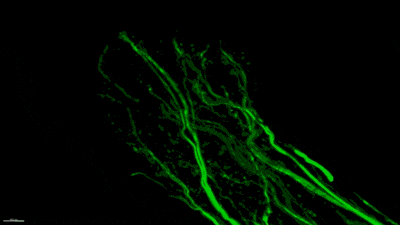
16. 2045 AVATAR PROJECT was founded by Russian entrepreneur Dmitry Itskov in February 2011 with the participation of leading Russian specialists in the field of neural interfaces, robotics, artificial organs and systems. The main goals of the 2045 Initiative: the creation and realization of a new strategy for the development of humanity which meets global civilization challenges; the creation of optimale conditions promoting the spiritual enlightenment of humanity; and the realization of a new futuristic reality based on 5 principles: high spirituality, high culture, high ethics, high science and high technologies. More info link here. 6 Dec.2018
17. The tutorial for workshop of diffusion MRI data analysis with DSI Studio, More information link here. 6 Dec.2018
18. The physical world already exists some classical principle or law governing its behavior, but for the brain, this universe lacks some classical law to explain or guide its behavioral. The post talked about the past, present, and future of biological intelligence(BI) and AI. The whole post link here. 9 Dec.2018
19. Deeping understand how dose the CPU works. Link online simulate model of CPU. 9 Dec.2018
20. How to configure putty and xming server in the Cloud Services(my cloud service is AliCloud), link here and more detail information check here. 9 Dec.2018
21. Some small tips for Linux users. 9 Dec.2018
$ eog ../image dir/ # Check you directory structure
$ sudo apt-get install tree #(Ubuntu)
$ brew install tree #(Mac)
$ yum install tree #(Centos)
$ tree --dirsfirst --filelimit 10
# tree: show file use tree structure
# --dirsfirst: first show directory
# --filelimit: how much files will be show in the screen
# 10: the number of files of show
22. What is Artificial Intelligence? ——Alan Turing
The complete manuscript link here. 10 Dec.2018
23. When your program contains more than one statement, the statements are executed as if they are a story, from top to bottom.
I love this statement. 2 Jan. 2019
24. The first JavaScript code follows the book of ELOQUENT JAVASCRIPT(third edition) by Marijin Haverbeke was done. More information about how to run Js code that link this post. The next imge is produced by Js. 3 Jan. 2019
25. Dr. Miguel Nicolelis led a brain-computer interface lab in Duke University. If you are interested in the brain-computer interface related research, you definitely worth going to visit his lab website, he absolutely did some fantastic research, eg. first brain-to-brain interface allows transmission of tactile and motor information between rats; brain controlled kick to open 2018 year's world cup soccer etc. He also publish two famous book, they separately are "Beyond Boundaries" and "THE RELATIVISTIC BRAIN", you can read at here. 11 Jan. 2019
26. A brain–spine interface alleviating gait deficits after spinal cord injury in primates. The famous and clssical brain-spine interface experiment by Prof.Jocelyne Bloch & Grégoire Courtine. 1 Mar,2019

27. First meeting with my Ph.D. supervisor prof. Jesús Malo at Joaquin Sorolla Station, Valencia, Spain on Sep 28, 2019. What a precious moment for me!
28. Hebbian Learning Rule. Neurons communicate by transmitting impulses over a network of synapses.

29. Mammals Functional Connectivity. "We discovered that brain connectivity -- namely the efficiency of information transfer through the neural network -- does not depend on either the size or structure of any specific brain".
"Our study revealed a universal law: Conservation of Brain Connectivity." The original paper link here.
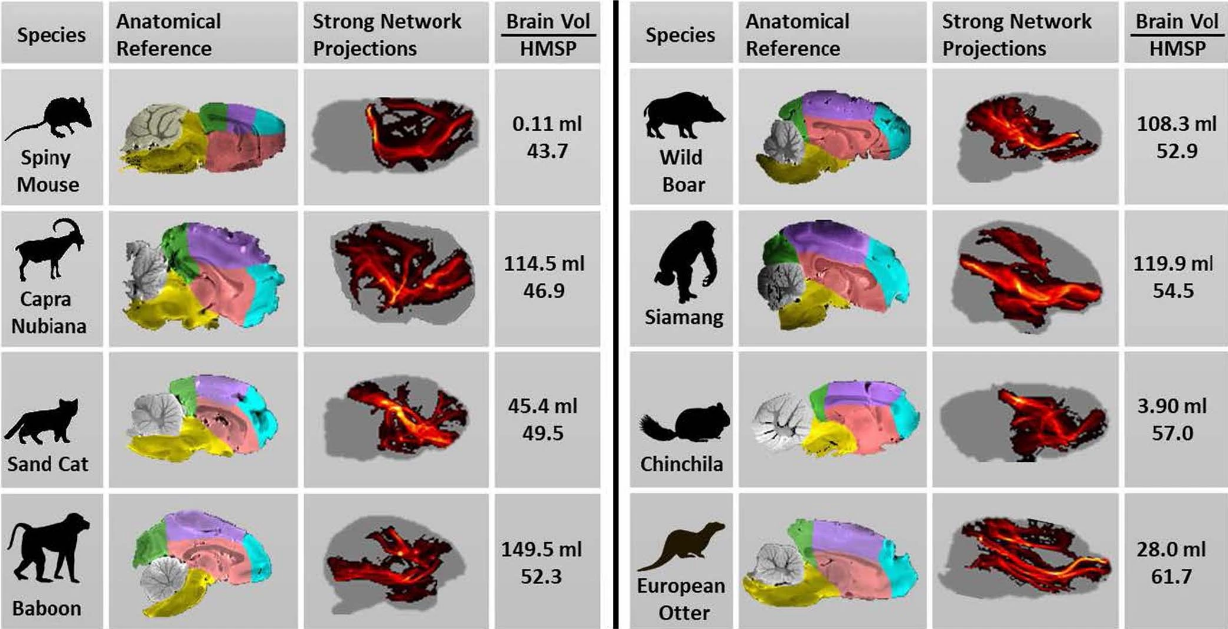
30. 3T Philips MRI machine in Lafe hospital, Valencia, Spain.

31. My workbase at the Lab.
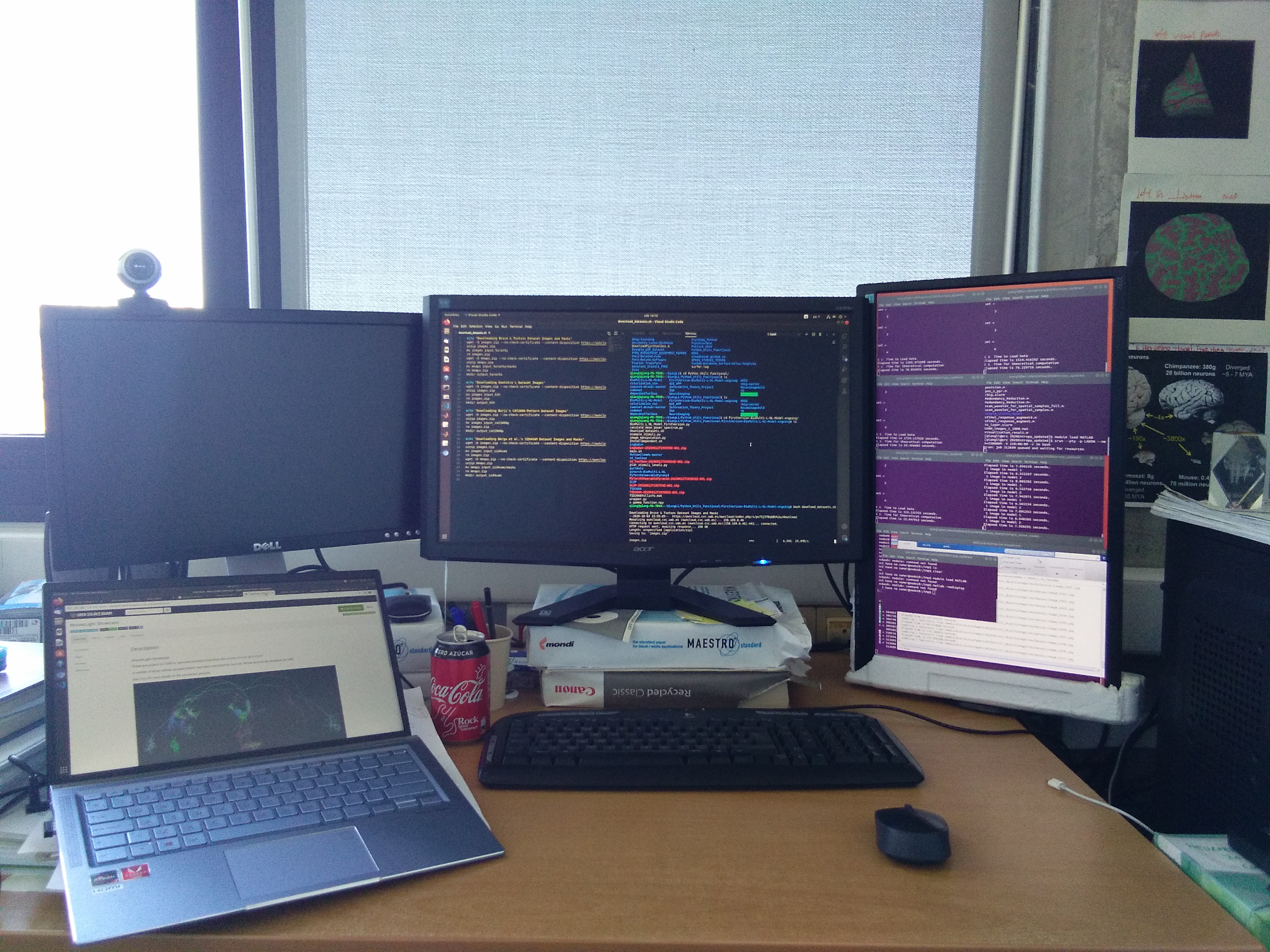
32. My workbase at the home during COVID19.
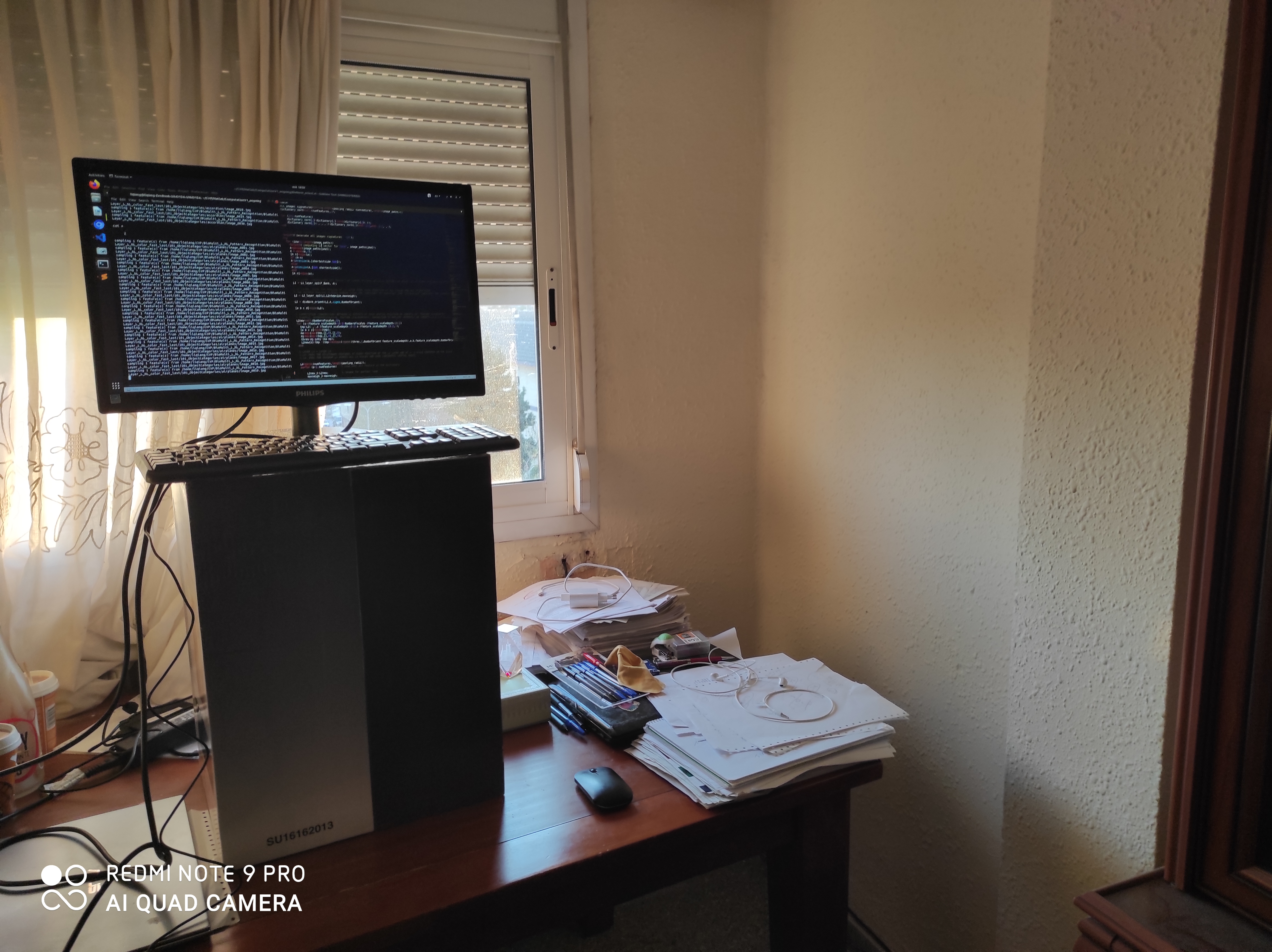
33. Some eye-blinking statistics are intriguing.

34. The layout of graph visualizations.
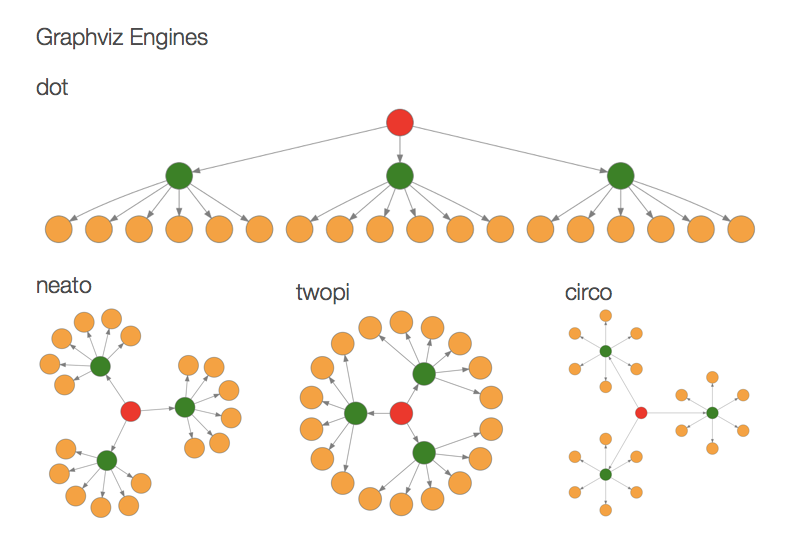
35. Human brain vs Artificial neural networks.
36. Predictive coding, variational autoencoders and biological connections (Joseph, 2021). The paper covered a wide range of fancy concepts and probabilistic models.
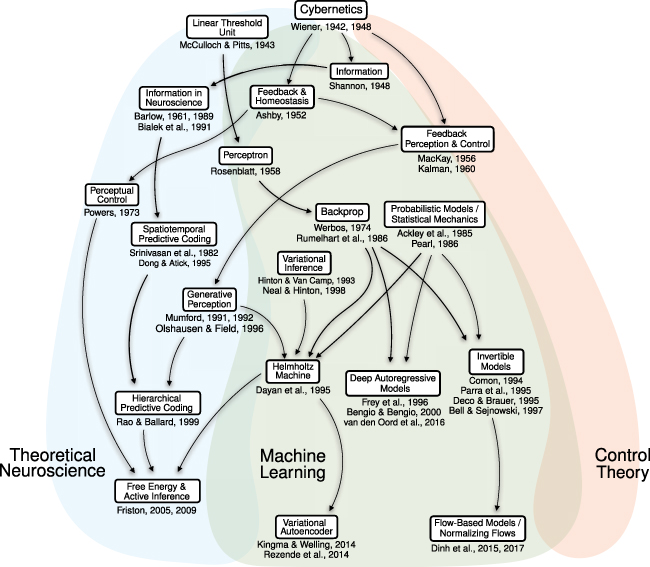
37. Visual attention in human brain. The full story link here.
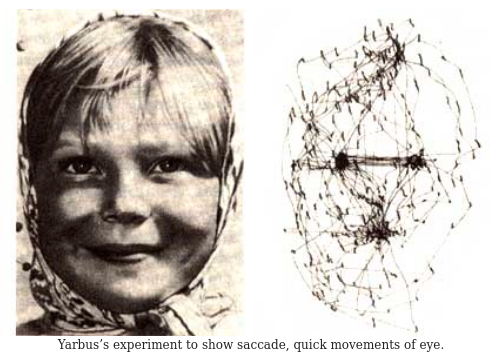
38. DNA matching, Iris recognition, Fingerprint detection and Brainprints (maybe in future). The iris and fingerprint images from IITD_database
and DB1_B. The below entire figure adapted from my OHBM 2022 Poster.
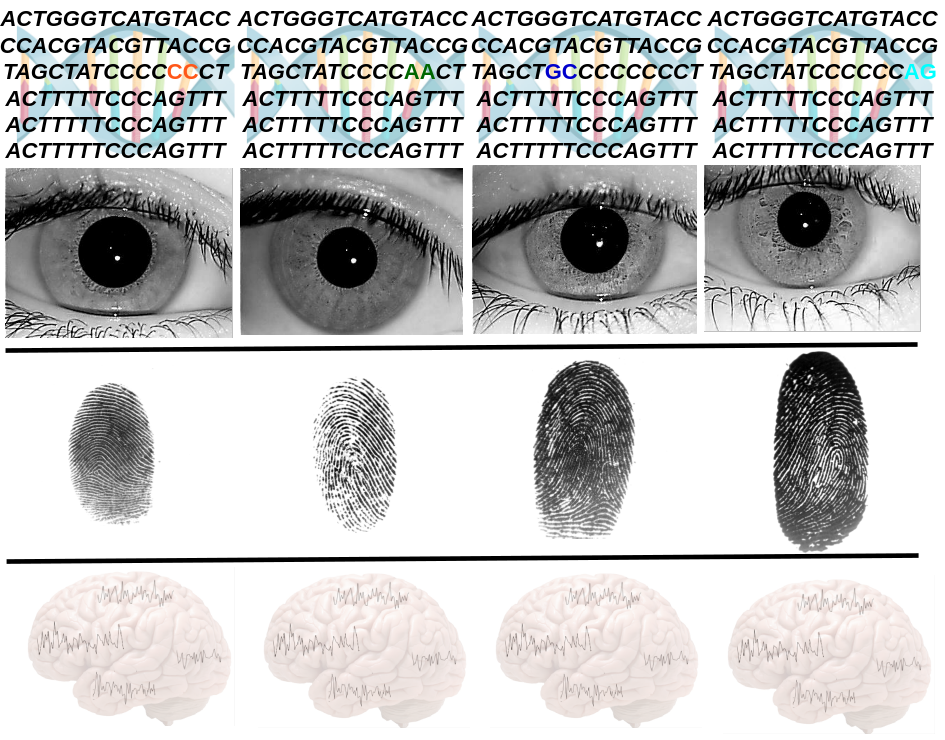
39. Secondhand computing and portable external hard drive HDD 10TB.
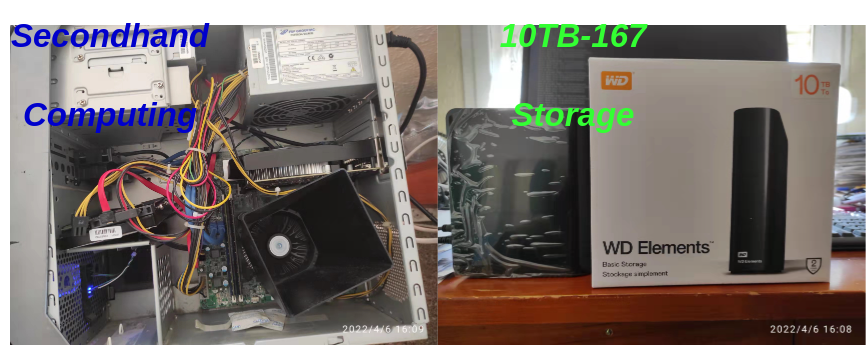
40. The effects of heavy smoking on contrast sensitivity functional (CSF). The figure adapted from Thiago et al,.
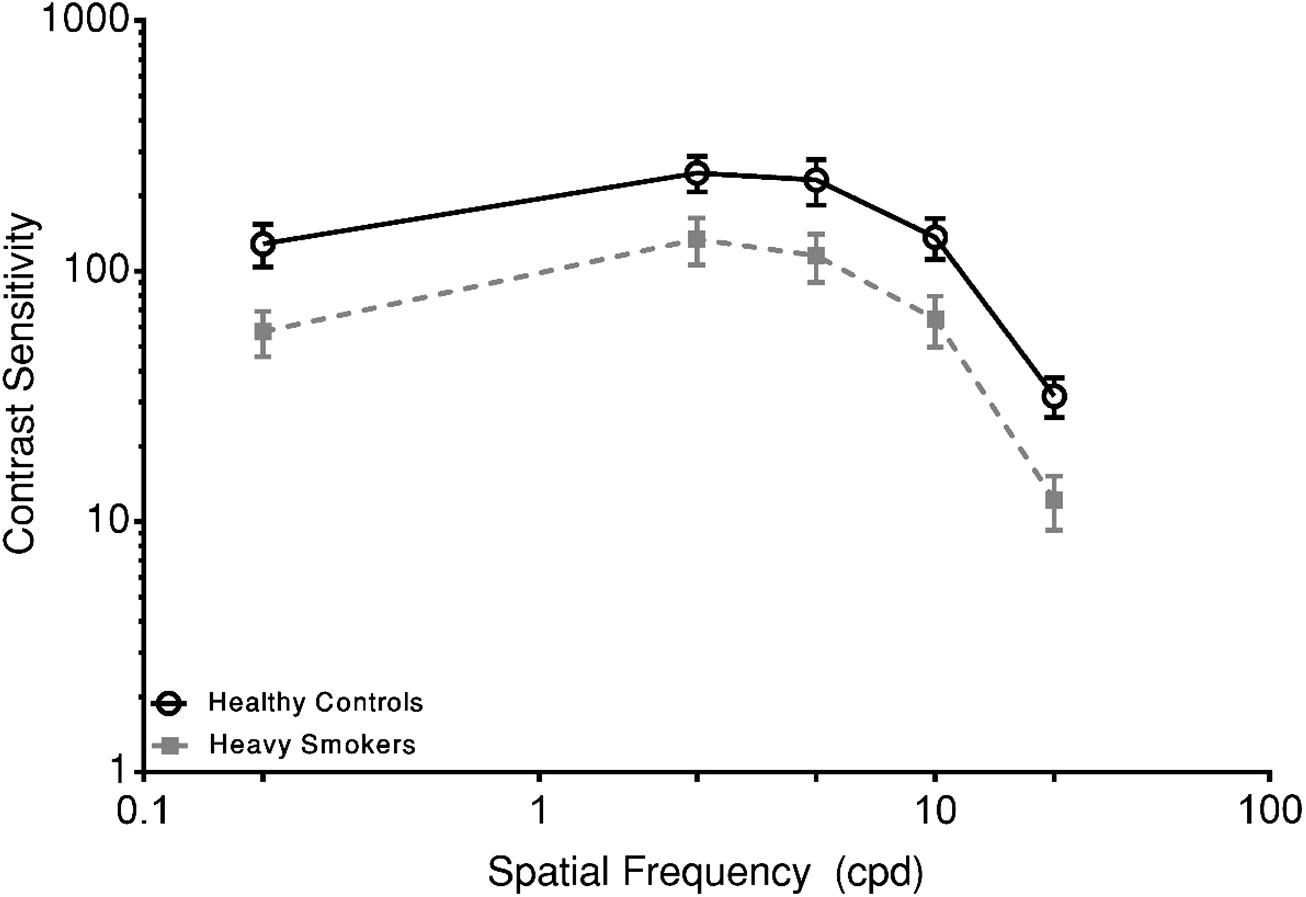
41. Color representation in CNNs (top left: RGB color space, top right: Opponent color space, bottom left: YCbCr color space, bottom right: Lab color space).
The figure adapted from Anwer et al,.
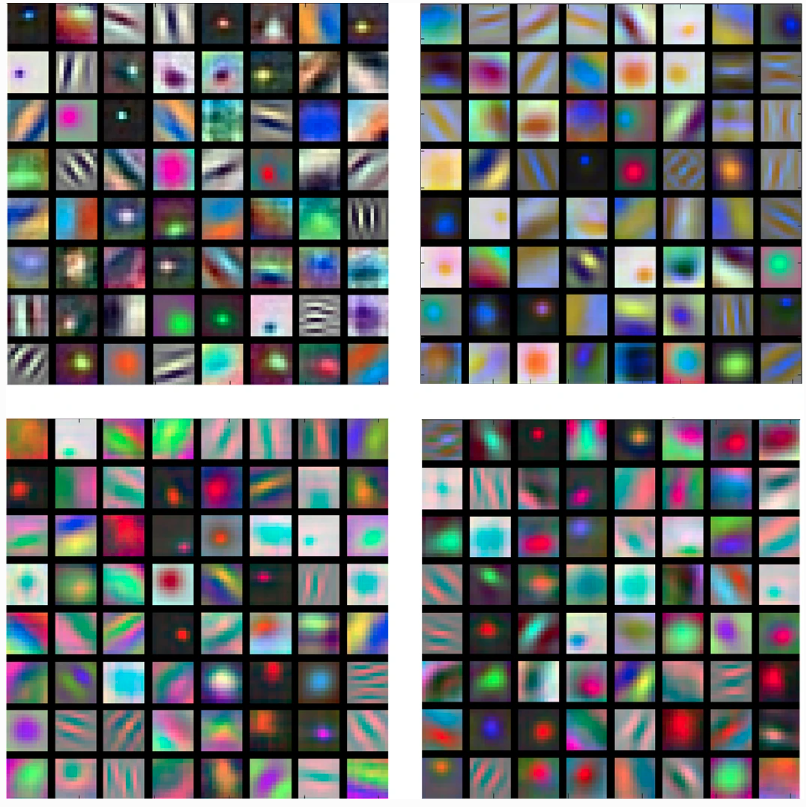
42. I'm off to Barcelona for the CIP2022 conference,
and my poster is here.You can also see some lovely pictures of the Sagrada Familia and other lovely images in the episodic memory window under living in Spain.
43. My first draw with Blender.
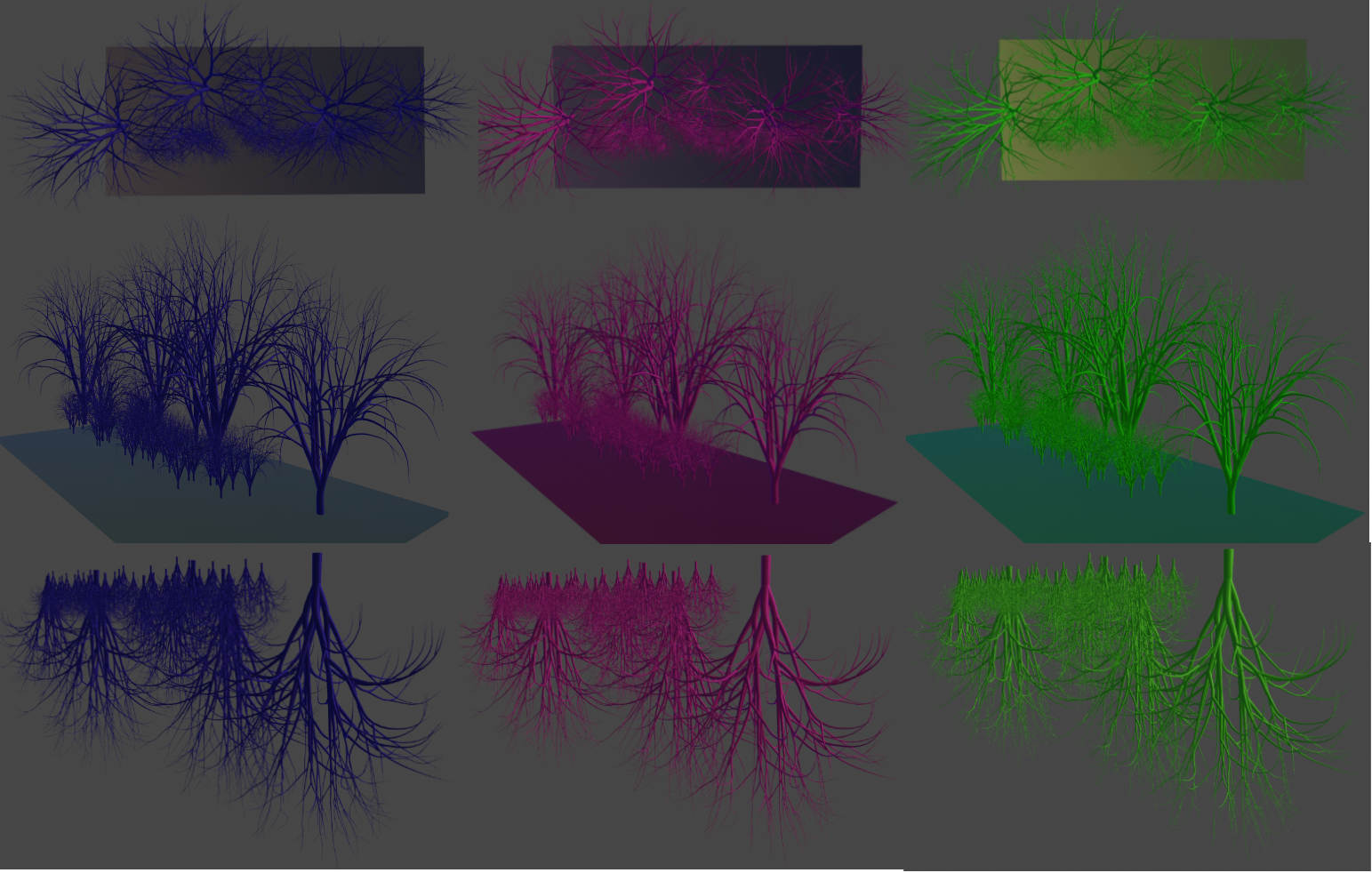
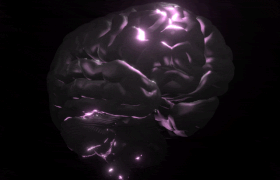
[Life in China {Retrieved biologically by myself rather than artificially}]
[Life in Denmark ]
[Life in Japan ]
[Life in Nepal ]
[Life in Spain ]
[Life in United States ]
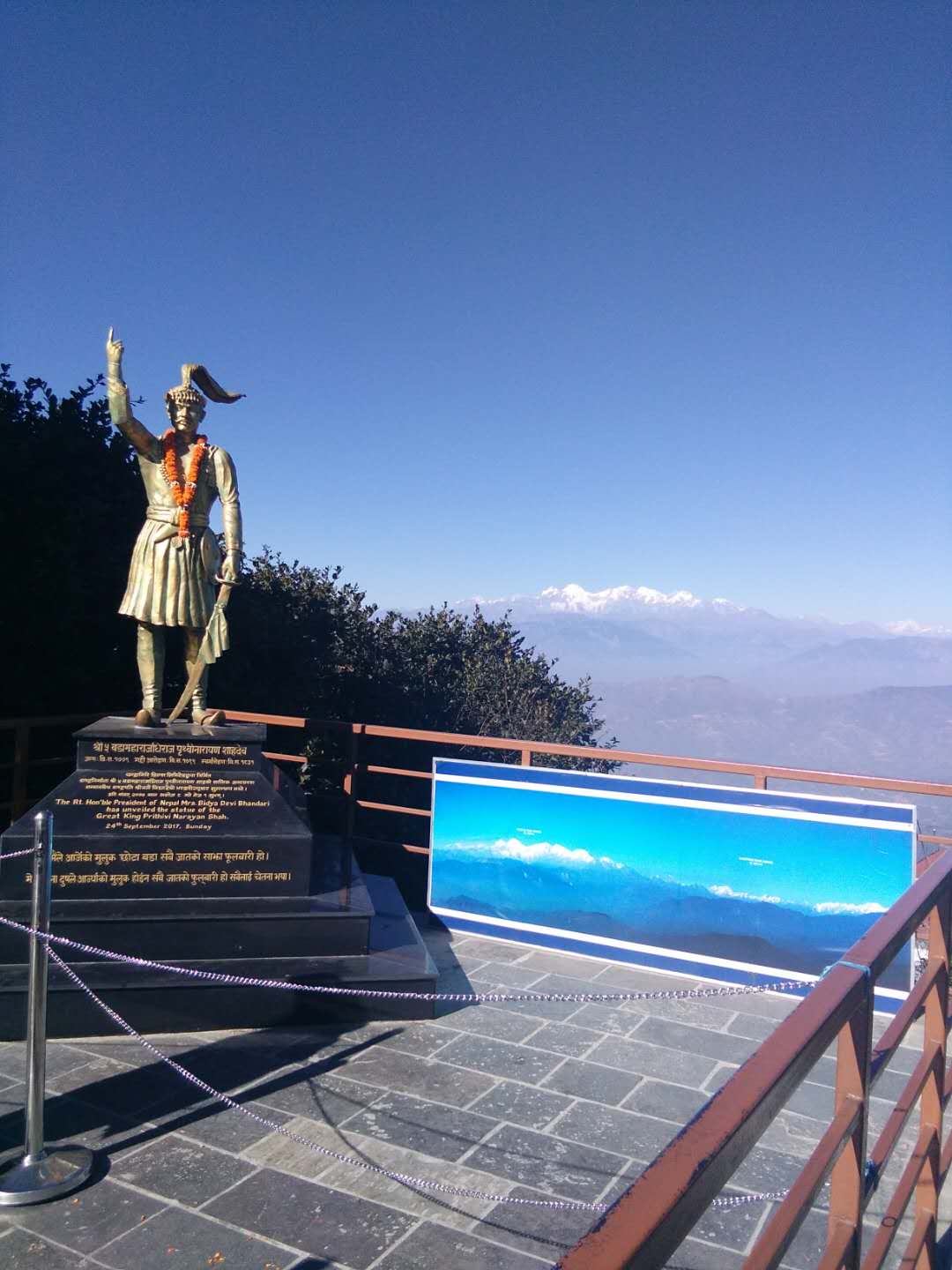
25, December, 2018. Photo with The Great King Prithivi Narayan Shah at Chandragiri Hill[2551 metres above sea level]. The opposite white mountain is the Himalayas. I HAVE BEEN THERE IN MY LIFE.
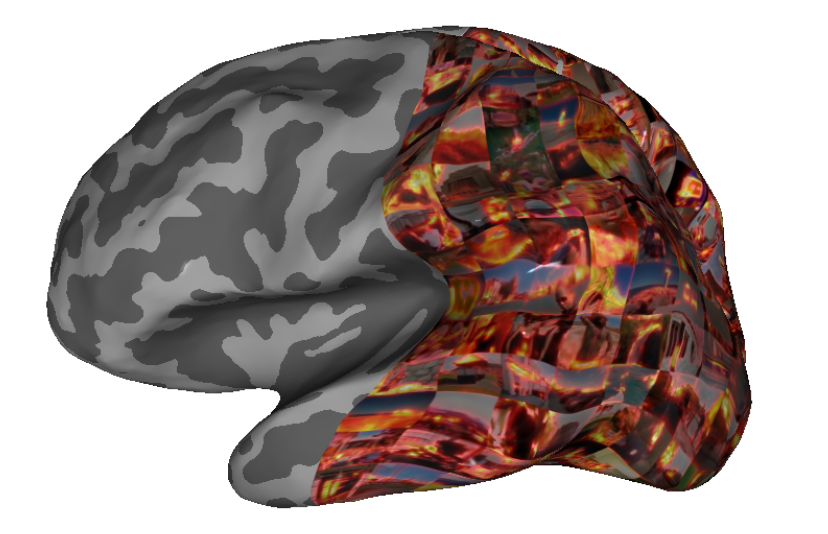
Salient Brain

Cut Brain Surface
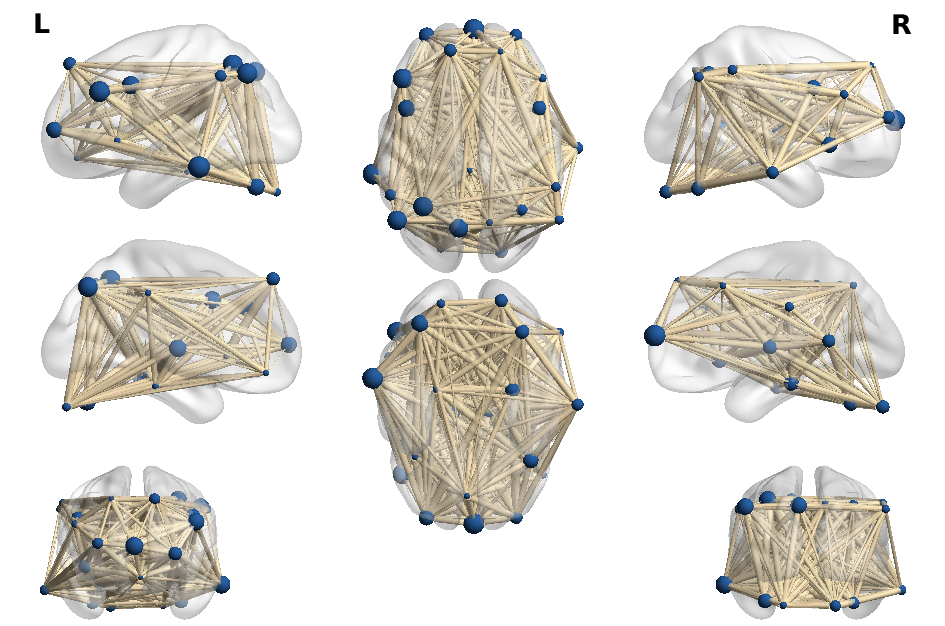
Functional Connectivity
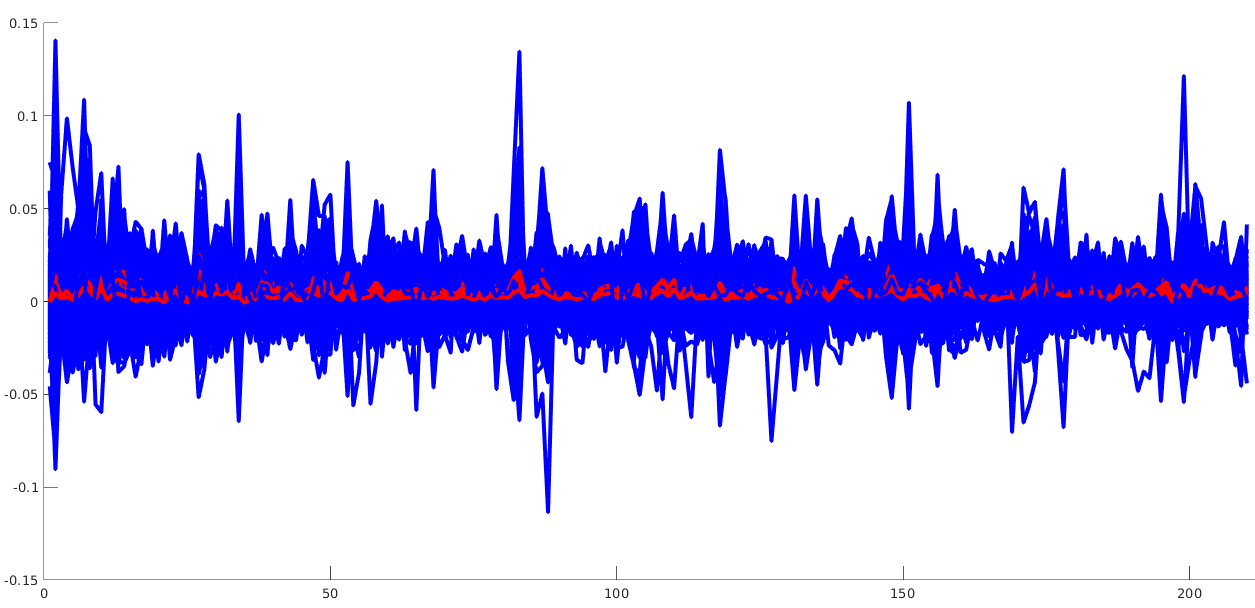
Predict&Target Neural Signals After Fitting with Layer1 of Alexnet
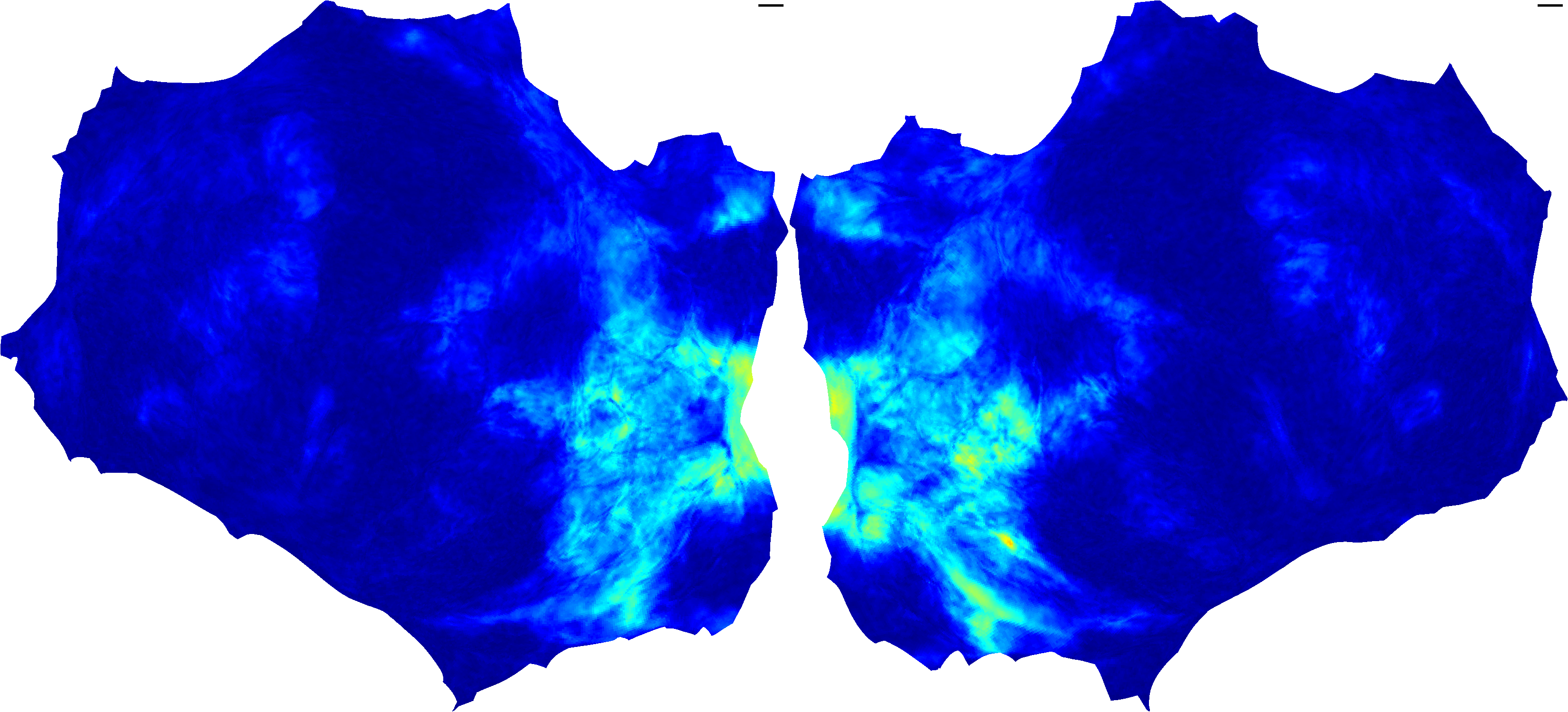
The Flat Human Brain Surface From The NSD 7T fMRI Dataset
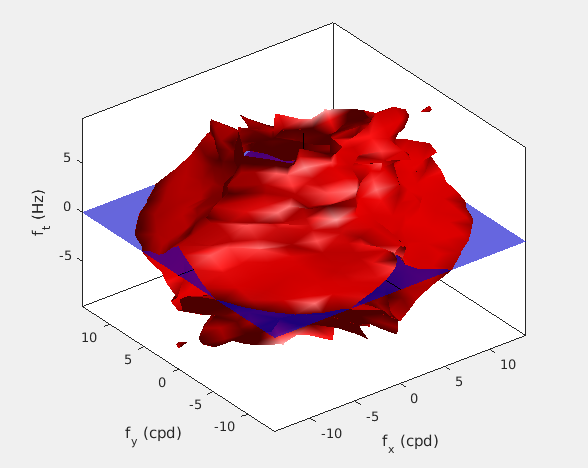
3D FFT
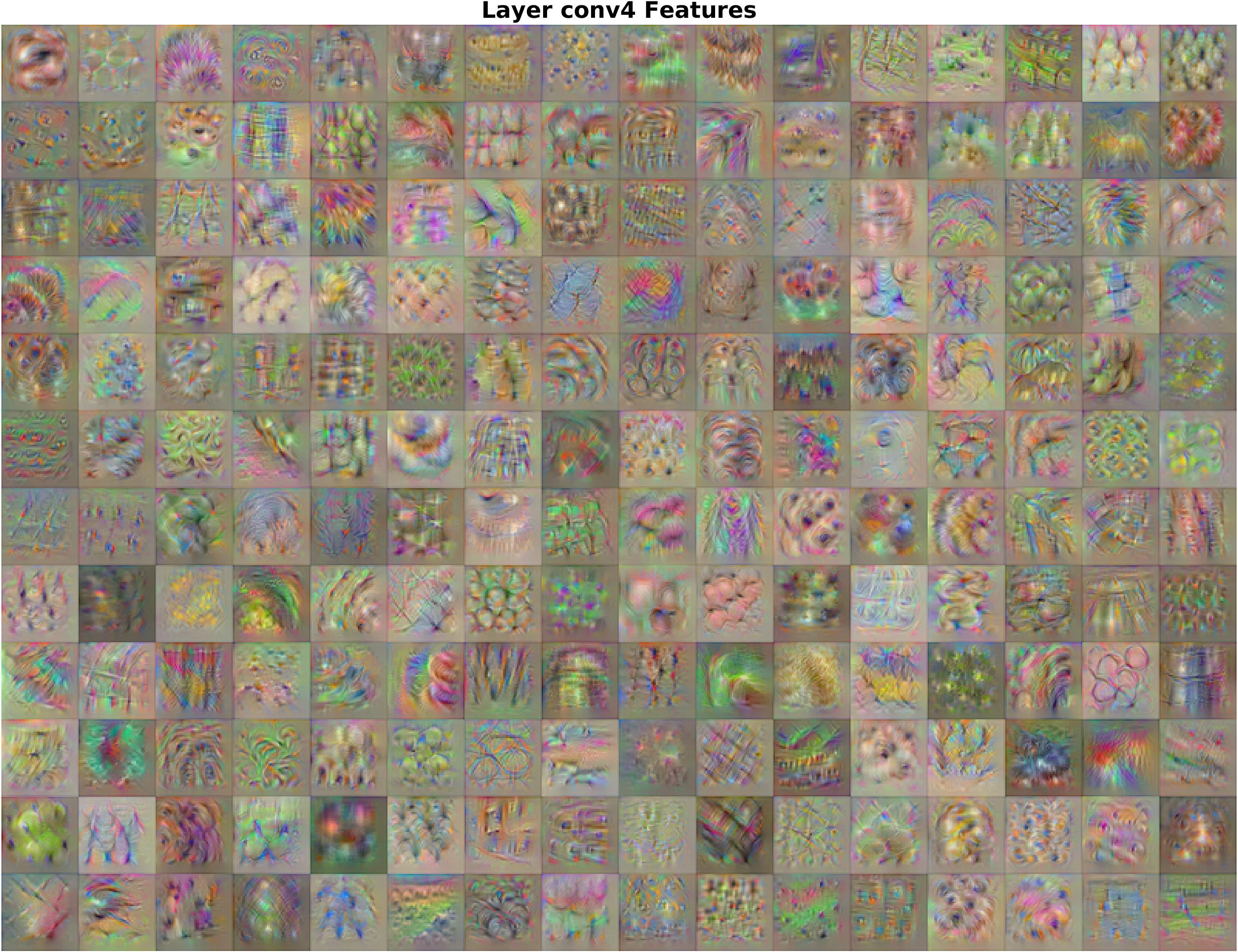
Features in Layer12[Conv4] of AlexNet

Images Showing How Color Discrimination is Affected by Color Vision Deficiencies

Natural Scene Color Channel Deficiencies
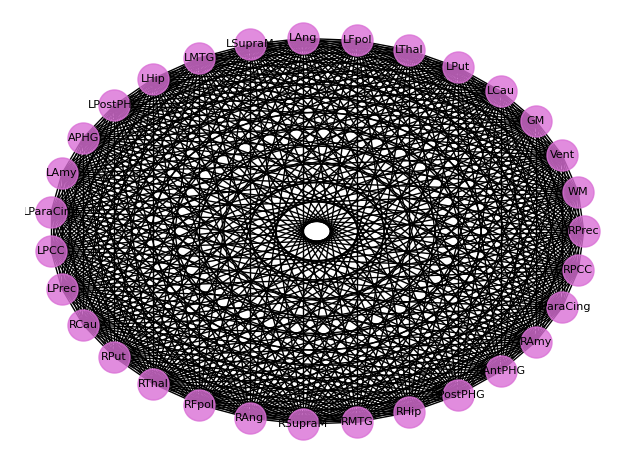
Graph Visualization Functional Connectivity
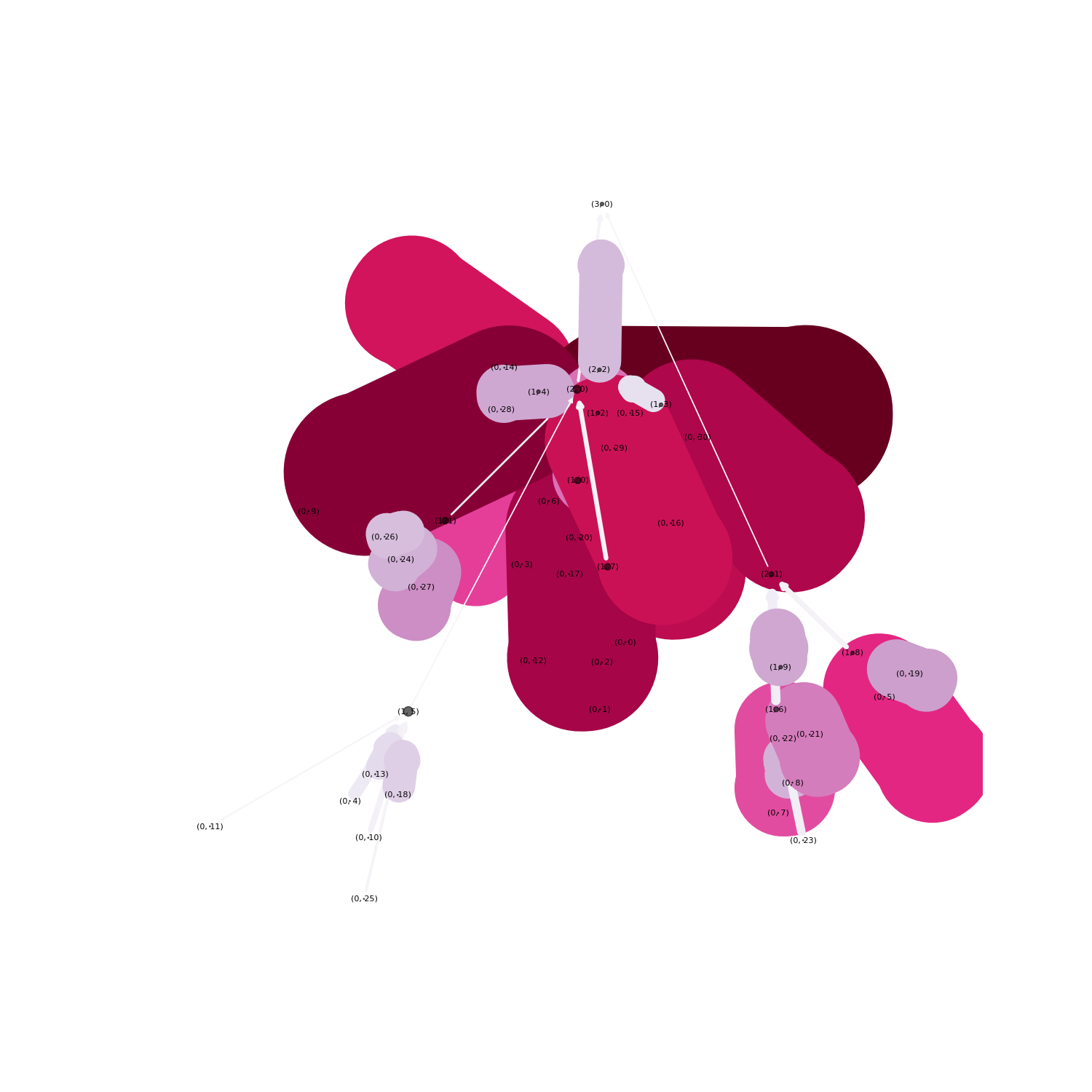
Graph Visualization Information Clustering

Graph Visualization Pairwise Independence
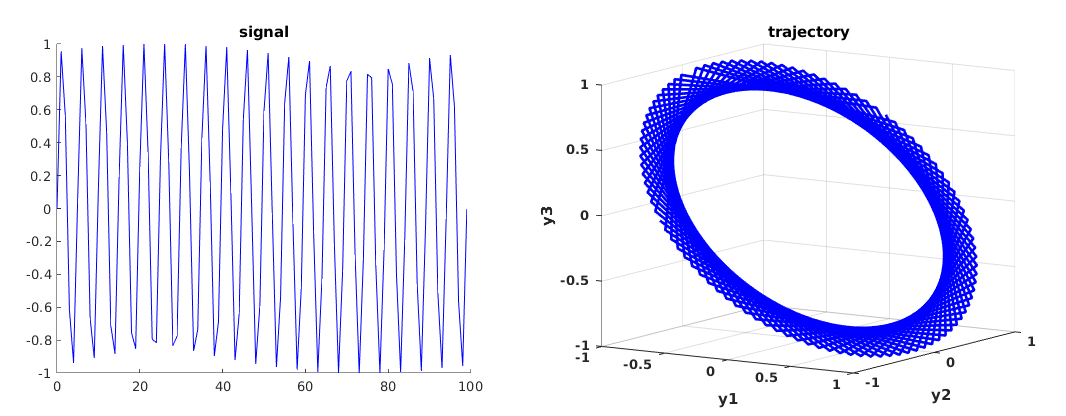
Time series and corresponds to its trajectory in 3D state space
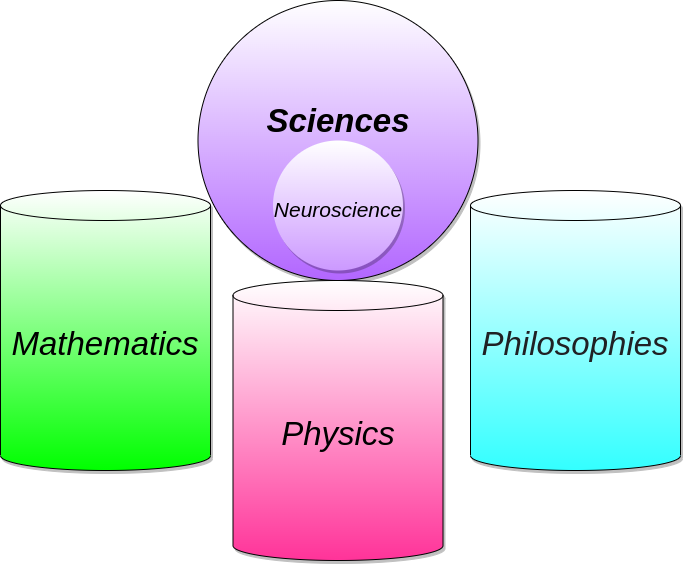
My viewpoint on science: mathematics, physics, and philosophies are the foundation stones for science and the nature of the universe

